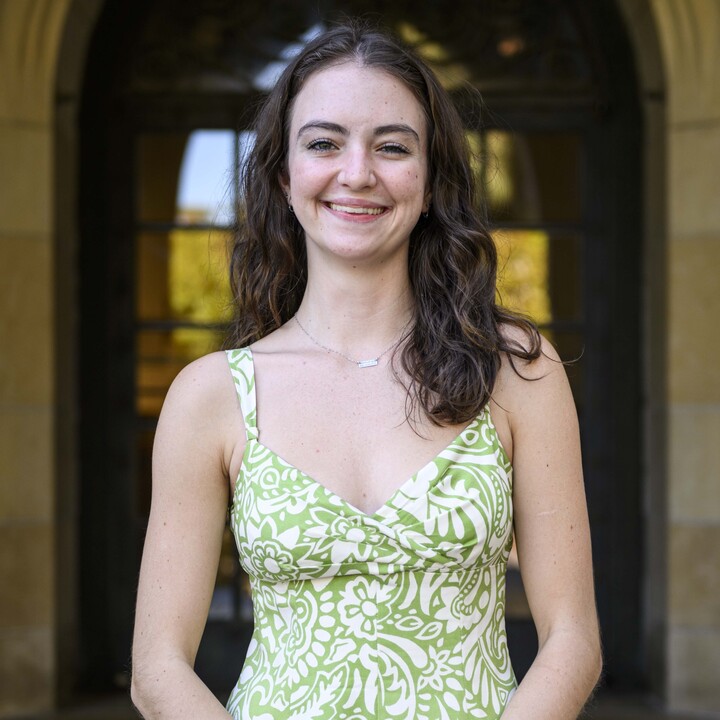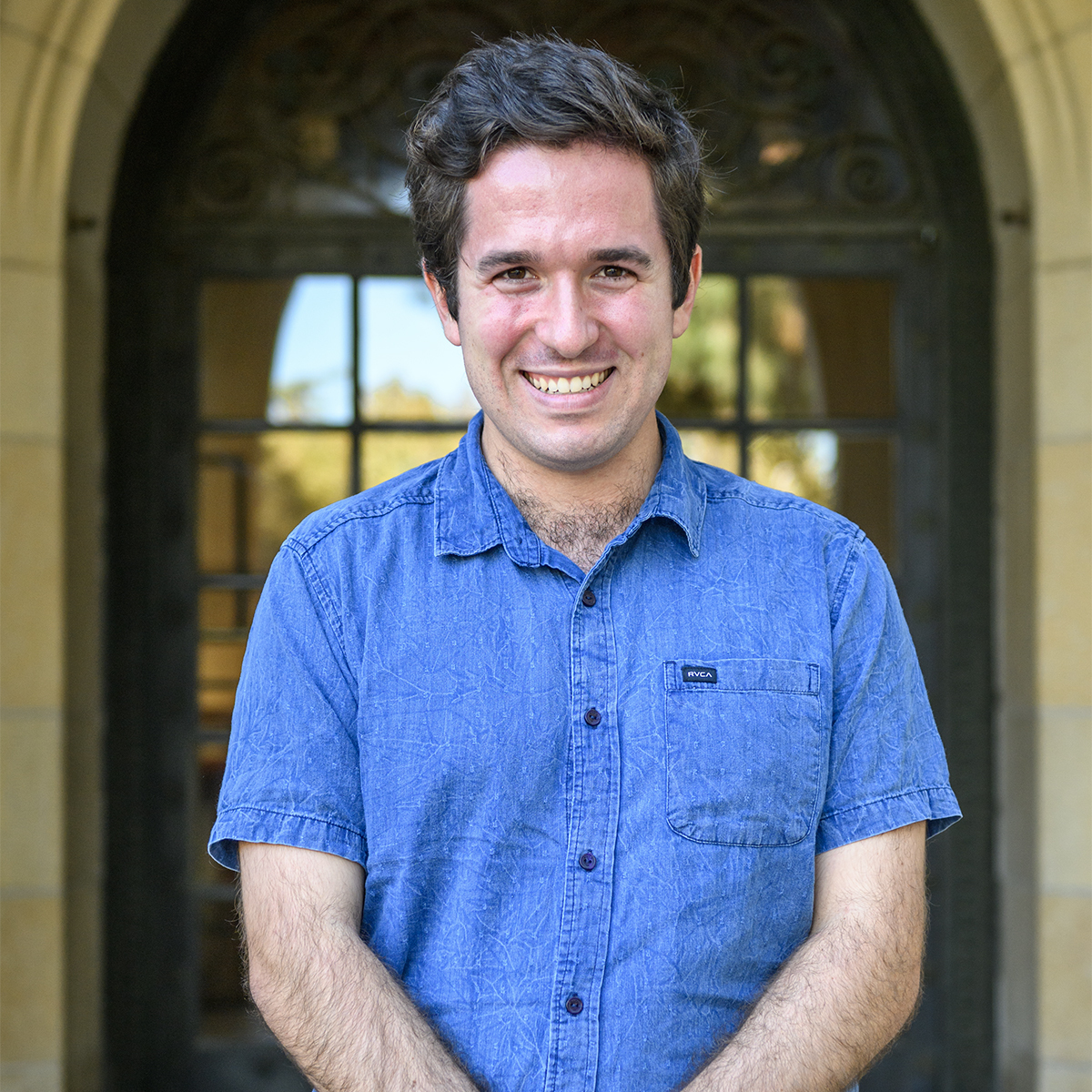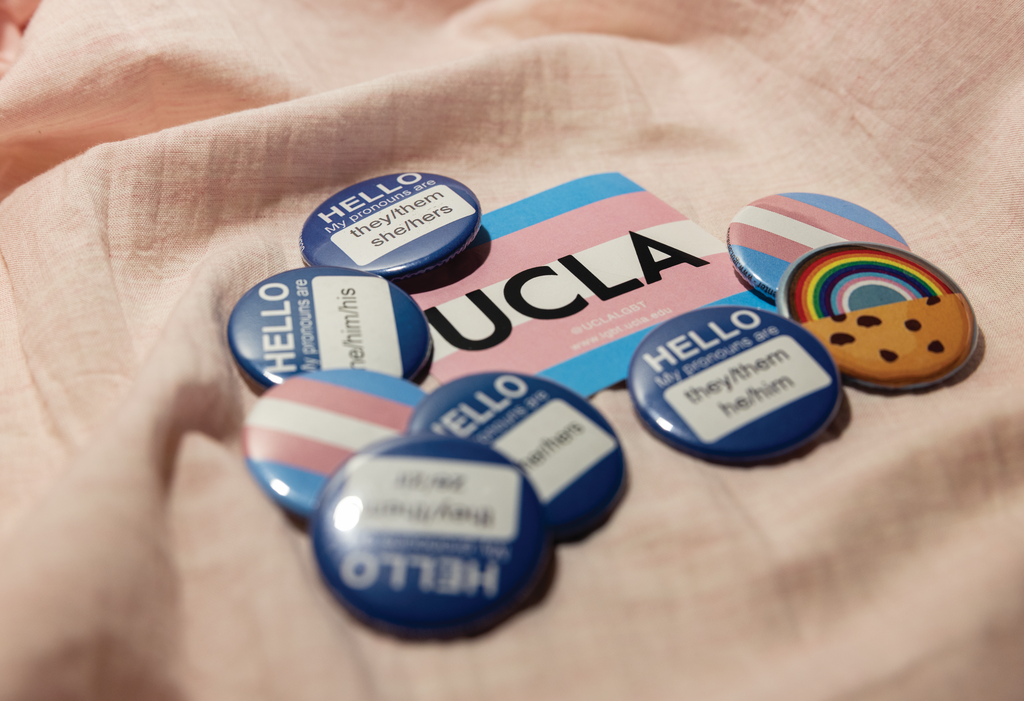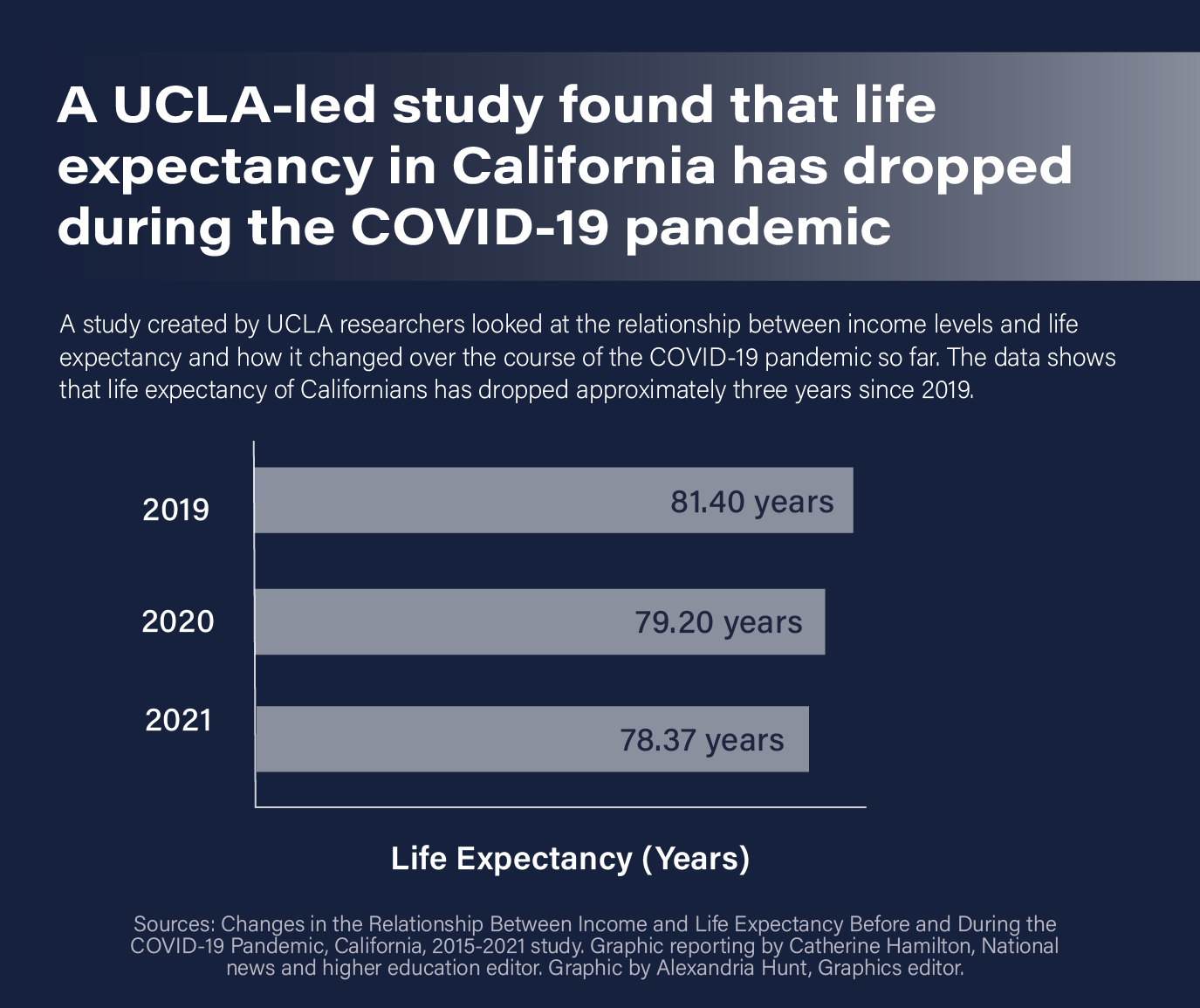UCLA course advocates for recognition of radiation harm to communities of color
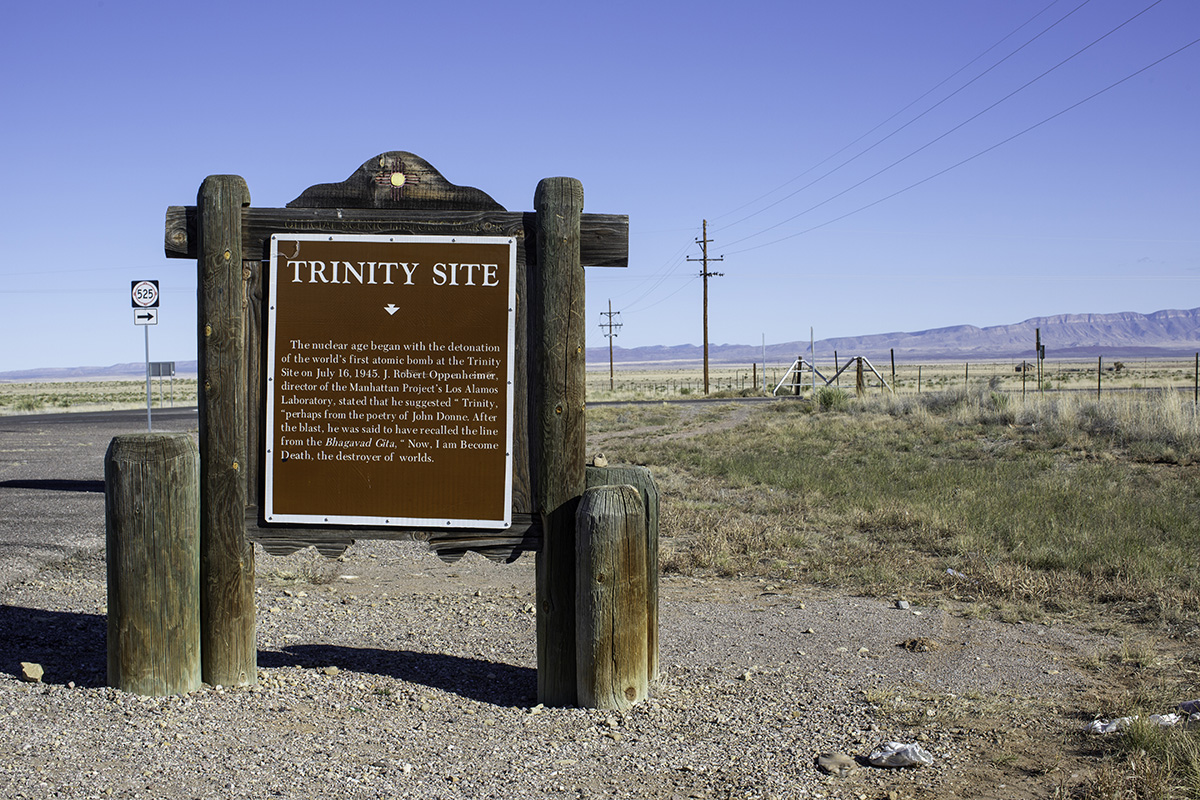
A sign for the Trinity Test Site, the first nuclear test, is pictured. A discussion section for Chicana/o and Central American Studies worked with an organization in the area to raise awareness for generational health impacts still affecting the community nearby. (Courtesy of Christian Duran)
This post was updated Jan. 11 at 12:38 p.m.
Bernice Gutierrez was 8 days old when the United States detonated the first nuclear bomb 35 miles from her home in Carrizozo, New Mexico.
She shared her experience with radioactive contamination in the area and the lifelong health consequences residents face, such as generational thyroid, breast and skin cancers, with students she worked with in Chicana/o and Central American Studies 10A – Introduction to Chicana/Chicano Studies: History and Culture.
Christian Duran, a teaching assistant for the course, said he incorporated applied research into his discussion section by having students connect with those in the area. He said building this connection was to prompt students to investigate the impacts on and raise awareness for primarily Indigenous and Latinx communities in New Mexico who have not yet been recognized as affected by the test.
Duran said he traveled to New Mexico to interview seven people affected by the nuclear fallout and document their experiences for his students’ social media campaign. Each of them mentioned the loss of family as a result of exposure to radiation, despite some being born decades after the initial explosion, he added.
In July 1945, University of California Berkeley physics professor J. Robert Oppenheimer and his Manhattan Project team, a secret U.S. military research operation to develop nuclear weapons during World War II, tested the world’s first nuclear device at the Trinity Test Site in New Mexico. At the time of the test, the Los Alamos National Laboratory conducting the test was managed by the UC on behalf of the federal government, according to the UC Office of the President. Since 2006, the University has continued to work in partnership with the lab.
Despite the 1990 Radiation Exposure Compensation Act compensating people with certain health impacts in Arizona, Nevada and Utah who lived near a former nuclear test site in Nevada, the federal government maintains the impacted area of New Mexico was remote and uninhabited, said Tina Cordova, co-founder of the Tularosa Basin Downwinders Consortium. Duran said his students worked with the consortium to help them with their mission to raise awareness and be included in RECA.
Cordova said environmental factors contributed to radiation overexposure and subsequent development of cancer in rural New Mexico, which generally lacked running water in 1945.
“The ash fell from the sky for days afterwards, it was part of our air. And then we were absorbing it through our skin,” said Cordova, who lives in the impacted area. “Everything was contaminated. You don’t abate something like this. There is no abatement of a massive nuclear fallout like this.”
Students in Duran’s discussion sections advocated for RECA expansion in groups focused on social media and direct outreach efforts, said Srushti Patil, a third-year human biology and society student who took the class, which is offered in fall and summer quarters.
Jada Dawson, a second-year biochemistry student who was also in a discussion section led by Duran, said she helped build the consortium a new website and made a petition for Congress to include New Mexico in RECA during her time in the course.
Some of the student advocacy consisted of connecting with local organizations, creating letters for students to sign and contacting congressional legislative staff to support bills amending RECA to include compensation for everyone affected by nuclear testing, Patil said.
“These stories are not our stories to tell. This problem isn’t our problem to fix,” Patil said. “We are simply using our resources in order to solve a problem that has been so detrimental to so many people.”
These bills have been introduced to Congress for more than a decade with little progress. They propose provisions such as tripling compensation, expanding health care coverage to affected communities and including Idaho and Montana as well as all of New Mexico, Nevada, Utah, Arizona and Colorado in the act, Cordova said.
Cordova also testified before the U.S. Senate Judiciary Committee in 2018 and before the House Judiciary Committee in March 2021 about the exclusion of New Mexicans from RECA, Gutierrez said.
Since a majority of those affected in New Mexico from 1945 through today are people of color, according to Cordova, Duran’s discussion section also looked into the impact of environmental racism on the delayed recognition of radiation exposure.
“What makes us different from the Nevada Test Site downwinders?” said Gutierrez, a member of the consortium’s steering committee. “I truly believe that what makes us different is there were people of color, all of us at the time were Mexican and Native American. And I think that still holds true.”
Beyond congressional action, Dawson said she thinks UC acknowledgment of its involvement with the Manhattan Project and its impacts on the people of color affected by the Trinity test would be important.
Stett Holbrook, a spokesperson for the UC Office of the President, said in an emailed statement the University is unable to comment on this matter.
Patil said the class gave her the opportunity to use her university resources to help a community raise awareness about an issue rather than just learn concepts in a classroom.
UCLA should have more classes with hands-on learning, Dawson said, adding that being able to give the consortium leverage in spreading their message motivated her to share about what she has learned with the people around her. There is less educational growth when dealing with hypothetical situations in a classroom, she also said.
“(Higher education) in itself is not often well equipped to engage in these kinds of conversations. It’s one thing to theorize about them from the safety of a classroom,” Duran said. “But this is something that is personal, right? This is something that is very much alive.”
Gutierrez said the radiation continues to make people in the area sick and that nearly everyone she knows there has been impacted by adverse health effects.
“You may live through the blast. You may live through the limited use of nuclear weapons. But if you’re exposed to radiation, it’s the beginning of the end for you,” Cordova said. “We always wonder which one of us is next. In my family, we now know it’s my 23-year-old niece studying art in San Jose.”



